What Is A Windmill Exercise

When it comes to fitness, there are a variety of exercises that can help you reach your goals. One such exercise that has gained popularity in recent years is the windmill exercise. This exercise works the core, glutes, and hamstrings, and can be done with or without weights.
What Is A Windmill Exercise?
The windmill exercise is a compound movement that involves bending at the hip while keeping your legs straight. This exercise requires flexibility and strength, and is great for improving posture and reducing lower back pain. It is also a great exercise for athletes, as it can improve balance and stability.
How To Do A Windmill Exercise
To do a windmill exercise, stand with your feet shoulder-width apart and your arms extended out to the sides. Raise one arm straight up, keeping your eyes on your hand. Slowly lower your other arm and your torso to the side, keeping your legs straight. Keep your eyes on your hand throughout the movement. Return to the starting position and repeat on the other side.
If you are using weights, hold the weight in the opposite hand of the raised arm. The weight should be held close to your body throughout the movement.

Benefits Of The Windmill Exercise
The windmill exercise has a variety of benefits, including:
- Improved flexibility
- Reduced lower back pain
- Improved posture
- Improved balance and stability
- Stronger core, glutes, and hamstrings
Variations Of The Windmill Exercise
There are a few variations of the windmill exercise that can add variety to your workout:
- Single-leg windmill: This variation is done with one leg lifted off the ground.
- Dumbbell windmill: This variation is done with weights in both hands.
- Kettlebell windmill: This variation is done with a kettlebell in one hand.
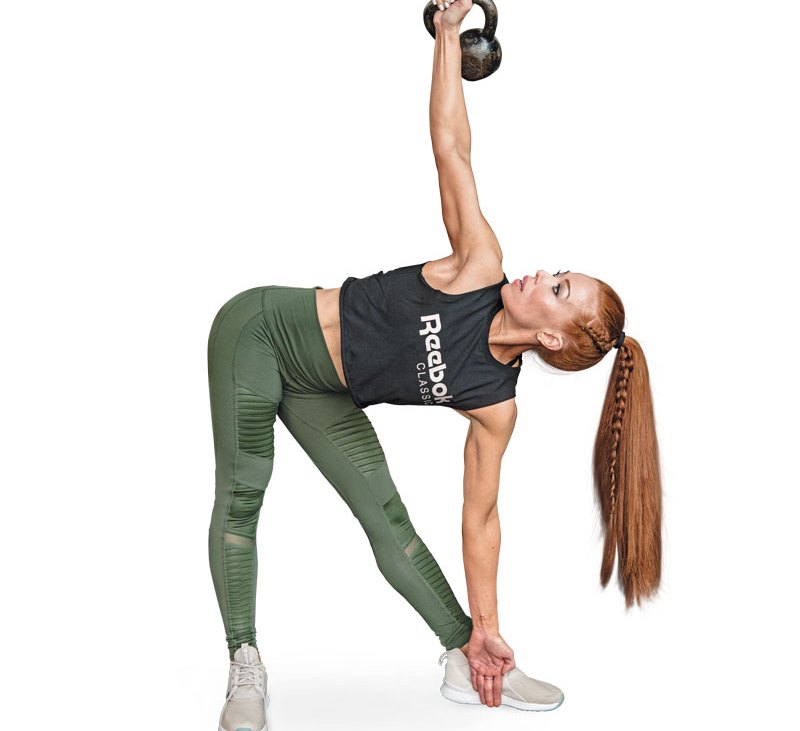
Who Should Do The Windmill Exercise?
The windmill exercise is a great exercise for anyone looking to improve their flexibility, posture, and core strength. It is also a great exercise for athletes looking to improve their balance and stability. However, if you have any injuries or health conditions, it is important to speak to your doctor before starting any new exercise program.
Conclusion
The windmill exercise is a great exercise for anyone looking to improve their core strength, flexibility, and posture. It is important to start with a light weight or no weight until you are comfortable with the movement. As with any exercise, it is important to listen to your body and stop if you feel any pain or discomfort.
Related video of What Is A Windmill Exercise?
Squat On A Plate
Squatting is one of the most effective exercises for building strength and muscle mass in the lower body. However, not everyone can perform the traditional barbell squat due to mobility or equipment limitations. If you're one of those people, don't worry - there's an alternative exercise you can try: the squat on a plate.
What Is Squat On A Plate?

Squat on a plate is a variation of the squat exercise in which you stand on a weight plate instead of the ground. This exercise allows you to perform a deeper squat than you would be able to on the ground, which can help you recruit more muscle fibers in your legs, glutes, and core.
How To Perform Squat On A Plate
Here's how to do a squat on a plate:
- Choose a weight plate that is at least 10-25 pounds.
- Place the plate on the ground and stand on it, with your feet shoulder-width apart.
- Lower your body down into a squat, keeping your weight on your heels and your chest up.
- Pause at the bottom of the squat and then push back up to the starting position.
- Repeat for the desired number of repetitions.
You can also hold a dumbbell or kettlebell in front of your chest to add extra resistance to the exercise.
Benefits Of Squat On A Plate

There are several benefits of squatting on a plate:
- Increased range of motion: Squatting on a plate allows you to perform a deeper squat than you would be able to on the ground, which can help you recruit more muscle fibers in your legs, glutes, and core.
- Improved balance: Standing on an unstable surface like a weight plate can help improve your balance and stability.
- Reduced stress on your knees: Squatting on a plate can reduce stress on your knees by allowing you to sit back further into the squat and keep your weight on your heels.
- Variation: Squatting on a plate is a great alternative to the traditional barbell squat, especially if you don't have access to a barbell or squat rack.
Tips For Doing Squat On A Plate
Here are some tips to help you get the most out of your squat on a plate:
- Start with a light weight: If you're new to squatting on a plate, start with a light weight and focus on your form before adding more weight.
- Keep your weight on your heels: When squatting on a plate, it's important to keep your weight on your heels to reduce stress on your knees and engage your glutes and hamstrings.
- Engage your core: To maintain good form during the exercise, engage your core muscles by pulling your belly button towards your spine.
- Breathe: Inhale as you lower your body down into the squat and exhale as you push back up to the starting position.
Conclusion
Squatting on a plate is a great exercise for building lower body strength and muscle mass, especially if you can't perform the traditional barbell squat. By following the tips and techniques outlined in this article, you can perform the exercise safely and effectively to achieve your fitness goals.
Related video of Squat On A Plate: Benefits, Tips, and Techniques
Incline Reverse Fly Muscles Worked

Are you looking for a way to tone your upper back and shoulders? Look no further than the incline reverse fly exercise. Not only does this exercise work multiple muscle groups, but it can also be done with minimal equipment.
What is an incline reverse fly?
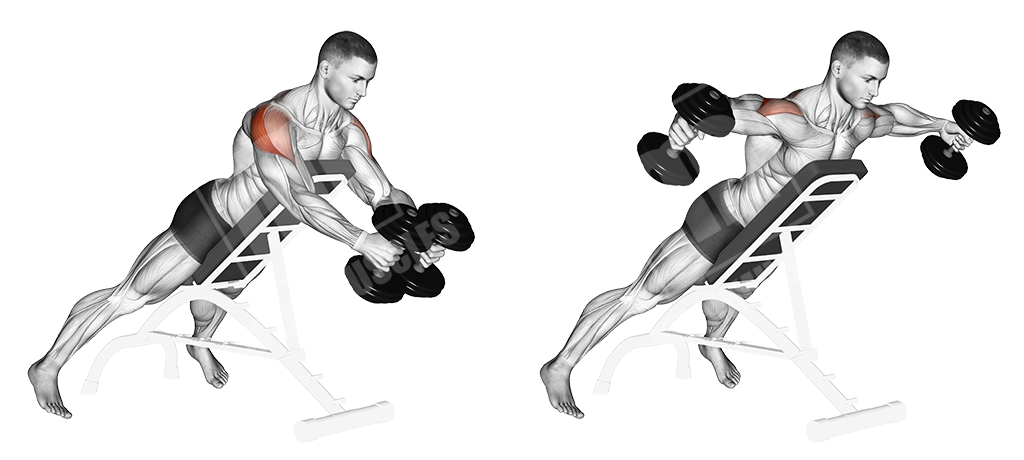
The incline reverse fly is a strength training exercise that primarily targets the muscles of the upper back and shoulders. This exercise involves lying face down on an incline bench and lifting weights out to the side, parallel to the floor, with a slight bend in the elbow.
Muscles worked during incline reverse fly

The incline reverse fly targets several muscles in the upper back, shoulders, and arms. The primary muscles worked during this exercise include:
- Rhomboids
- Posterior deltoids
- Trapezius
- Rotator cuff muscles
- Triceps
These muscles work together to help control the movement of the shoulder blades and upper arms, which is important for good posture and upper body strength.
Benefits of incline reverse fly

In addition to targeting multiple muscle groups, the incline reverse fly has several other benefits:
- Improves posture
- Increases upper body strength
- Reduces risk of injury in shoulders and upper back
- Can be done with minimal equipment
- Can be modified for different fitness levels
How to do incline reverse fly
Follow these steps to perform the incline reverse fly exercise:
- Set an incline bench to a 45-degree angle.
- Hold a set of dumbbells in each hand with your palms facing each other.
- Lie face down on the bench with your chest and stomach resting against the pad.
- Keep a slight bend in your elbows and lift the weights out to the side until they are parallel to the floor.
- Slowly lower the weights back down to the starting position.
- Repeat for 10-12 reps, rest, and then perform another set.
Modifications for incline reverse fly

If you're new to the incline reverse fly, start with a lighter weight and focus on proper form. As you get stronger, you can increase the weight or add additional sets.
You can also modify the incline reverse fly by changing the angle of the bench or using resistance bands instead of dumbbells. Resistance bands offer a different type of resistance than weights and can be a great option for those who want to add variety to their workouts.
Conclusion
The incline reverse fly is a simple yet effective exercise that can help you tone your upper back and shoulders. By targeting multiple muscle groups and improving posture, this exercise is a great addition to any fitness routine. Try incorporating the incline reverse fly into your next upper body workout for a challenging and rewarding experience.
Related video of Incline Reverse Fly Muscles Worked
What Is A Back Extension

A back extension is a type of exercise that targets the muscles in your lower back. It involves extending your spine while lying face down on a flat surface, such as a mat or bench. This exercise is frequently used in strength training and rehabilitation programs to help improve posture, reduce lower back pain, and increase overall spinal flexibility.
Types of Back Extensions
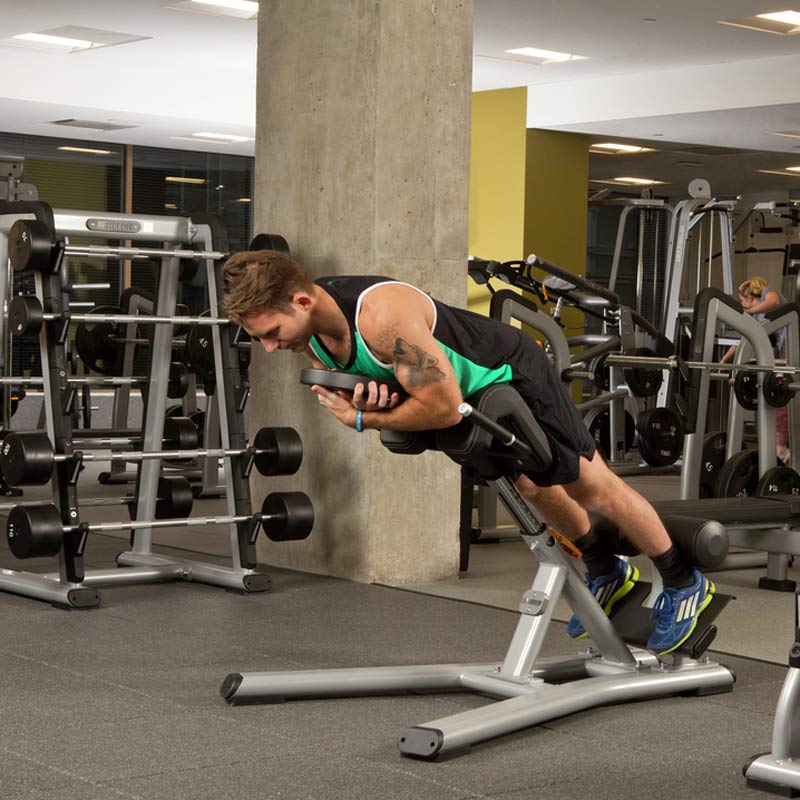
There are several variations of back extensions that you can perform, depending on your fitness level and goals. Some of the most common types include:
- Static back extension
- Dynamic back extension
- Reverse hyperextension
- Swiss ball back extension
- Superman back extension
Each of these exercises targets the muscles in your lower back and can help improve your posture, spinal alignment, and overall core strength.
How to Perform a Static Back Extension
/back-extension-569feb9d3df78cafda9f144b.jpg)
To perform a static back extension, follow these steps:
- Lie face down on a flat surface, such as a mat or bench.
- Place your hands behind your head or cross them over your chest.
- Slowly lift your upper body off the ground, keeping your hips and legs in contact with the surface.
- Hold this position for several seconds, then slowly lower your upper body back down to the starting position.
- Repeat for several repetitions.
Remember to engage your core muscles and keep your neck in a neutral position throughout the exercise.
Benefits of Back Extensions

Back extensions offer a variety of benefits for your physical health and well-being. Some of the most notable benefits include:
- Improved posture and spinal alignment
- Reduced lower back pain and discomfort
- Increased spinal flexibility and range of motion
- Strengthened core muscles and improved overall stability
- Improved athletic performance and reduced risk of injury
By incorporating back extensions into your fitness routine, you can help improve your overall health, mobility, and quality of life.
Precautions and Considerations
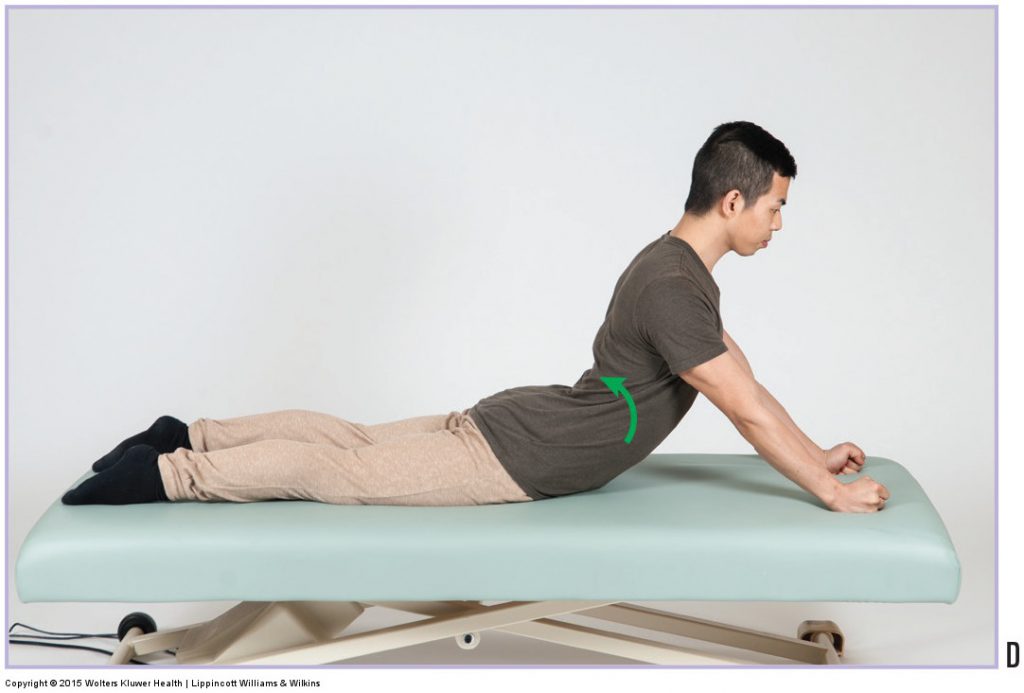
While back extensions are generally considered safe for most people, there are some precautions and considerations you should keep in mind when performing this exercise. Some tips to keep in mind include:
- Start with a low intensity and gradually increase as your fitness level improves.
- Avoid overextending your spine or forcing your range of motion.
- Consult with a healthcare professional or fitness trainer before starting a new exercise program.
- Avoid performing back extensions if you have any existing back injuries or conditions.
- Listen to your body and stop if you experience any pain or discomfort during the exercise.
By following these tips and using proper form, you can safely enjoy the benefits of back extensions and improve your overall physical fitness.
Conclusion
Back extensions are an effective exercise for improving your posture, reducing lower back pain, and increasing overall spinal flexibility. By incorporating this exercise into your fitness routine, you can strengthen your core muscles, improve your athletic performance, and reduce your risk of injury. Remember to use proper form and start with a low intensity, and consult with a healthcare professional or fitness trainer if you have any concerns or questions about performing back extensions.
Related video of What Is A Back Extension?
Reverse Grip Tricep Press Down

The tricep is a muscle that is often overlooked but is essential for arm strength and stability. One exercise that can target the tricep is the reverse grip tricep press down. This exercise is simple to perform and can be done using a cable machine or resistance band. In this article, we will discuss in detail what the reverse grip tricep press down is and how to perform it correctly.
What is Reverse Grip Tricep Press Down?
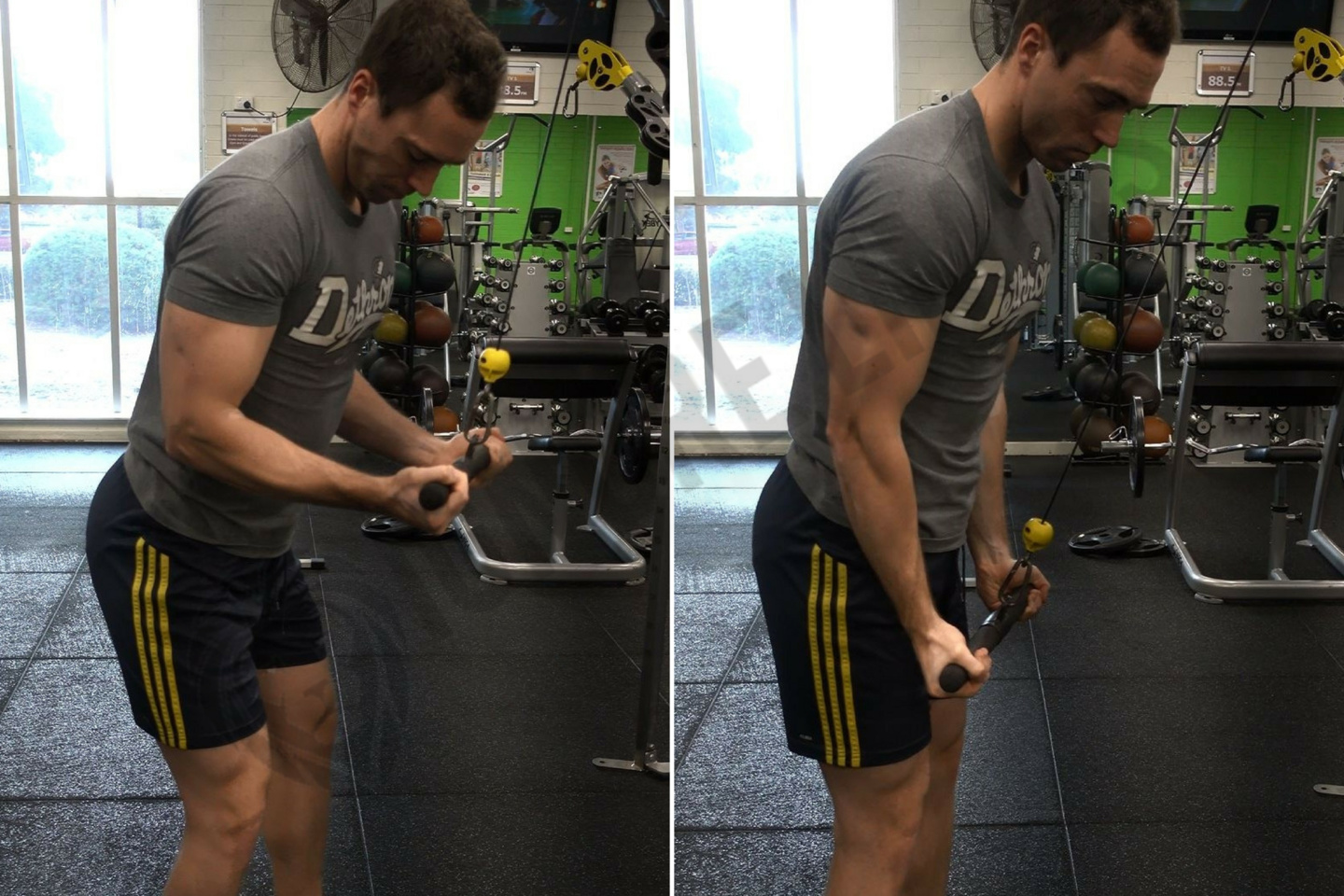
The reverse grip tricep press down is an exercise that targets the tricep muscles. It is performed by using a cable machine or resistance band. The exercise involves gripping the cable or resistance band with an underhand grip and then pressing it down towards the ground. The movement isolates the tricep muscles and helps to build strength and definition.
How to Perform Reverse Grip Tricep Press Down
To perform the reverse grip tricep press down, follow these steps:
- Attach a cable or resistance band to a high anchor point.
- Stand facing the anchor point and grab the cable or resistance band with an underhand grip.
- Stand with your feet shoulder-width apart and your knees slightly bent.
- Keep your arms close to your body and your elbows tucked in.
- Slowly press the cable or resistance band down towards the ground.
- Pause at the bottom of the movement and squeeze your tricep muscles.
- Slowly release the cable or resistance band back up to the starting position.
- Repeat for the desired number of reps.

It is important to keep your form correct while performing the reverse grip tricep press down. Keep your elbows tucked in and your arms close to your body. This will help to isolate the tricep muscles and prevent other muscles from taking over.
Variations of Reverse Grip Tricep Press Down
There are several variations of the reverse grip tricep press down that you can try:
- Overhead Reverse Grip Tricep Press Down - Perform the exercise with your arms extended overhead.
- One-Arm Reverse Grip Tricep Press Down - Perform the exercise with one arm at a time.
- Resistance Band Reverse Grip Tricep Press Down - Perform the exercise using a resistance band instead of a cable machine.

Trying these variations can help to keep your workout routine fresh and challenging. They can also help to target different areas of the tricep muscles.
Benefits of Reverse Grip Tricep Press Down
The reverse grip tricep press down has several benefits:
- Targets the tricep muscles - The exercise isolates and targets the tricep muscles, helping to build strength and definition.
- Easy to perform - The exercise is simple to perform and can be done using a cable machine or resistance band.
- Can be done at home - If you have a resistance band, you can perform this exercise at home.
- Improves arm stability - The exercise can help to improve arm stability, which is important for everyday activities.
Conclusion
The reverse grip tricep press down is a simple but effective exercise for targeting the tricep muscles. It can be done using a cable machine or resistance band and has several variations to keep your workout routine fresh. By incorporating this exercise into your workout routine, you can help to build strength and definition in your tricep muscles.
Related video of Reverse Grip Tricep Press Down
ads
George Fitness Tips
Search This Blog
Blog Archive
- November 2022 (18)
- October 2022 (30)
- September 2022 (31)
- August 2022 (31)
- July 2022 (30)
- June 2022 (31)
- May 2022 (30)
- April 2022 (31)
- March 2022 (30)
- February 2022 (13)
About Me
What Is A Windmill Exercise
When it comes to fitness, there are a variety of exercises that can help you reach your goals. One such exercise that has gained popularity ...

